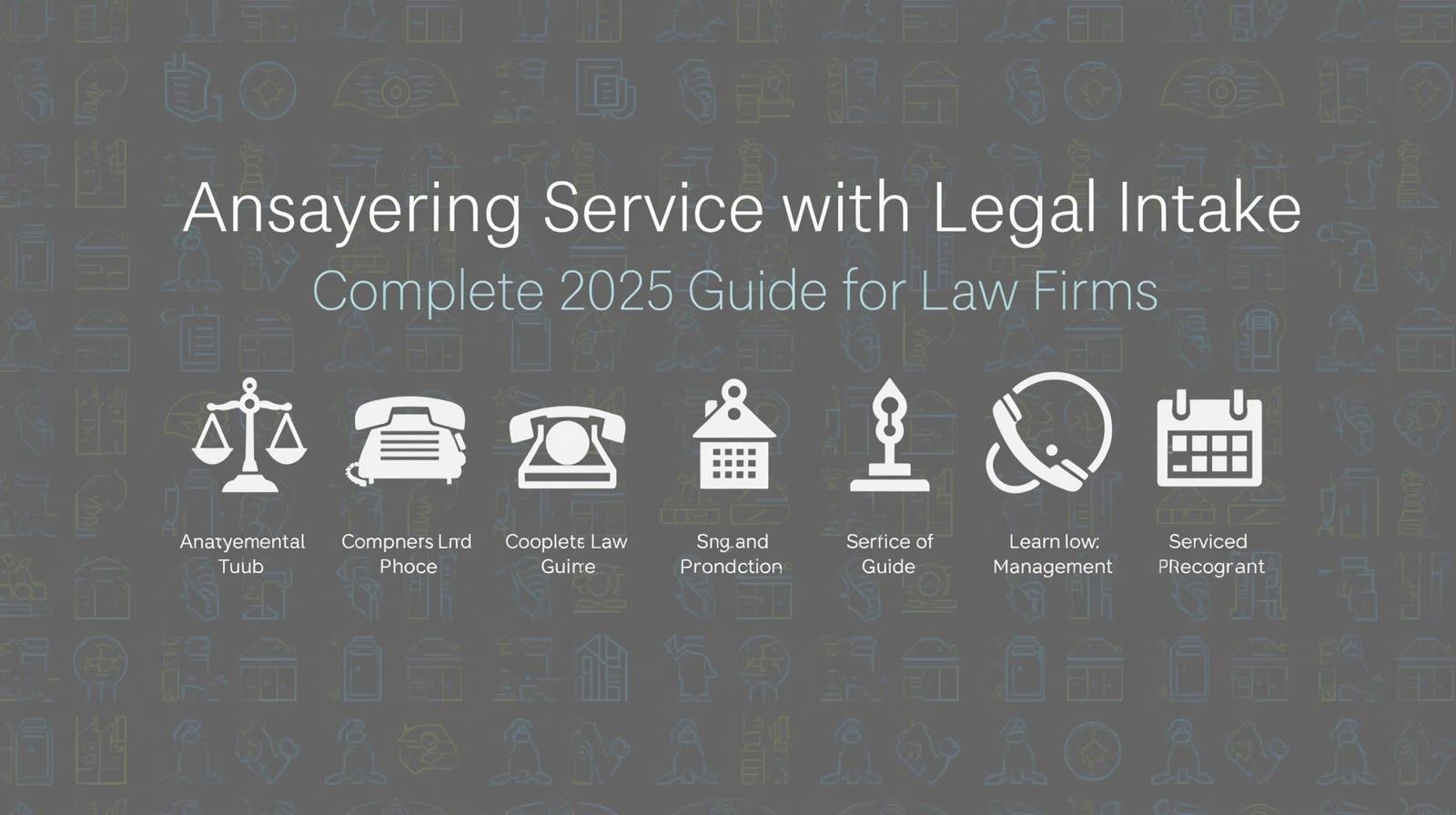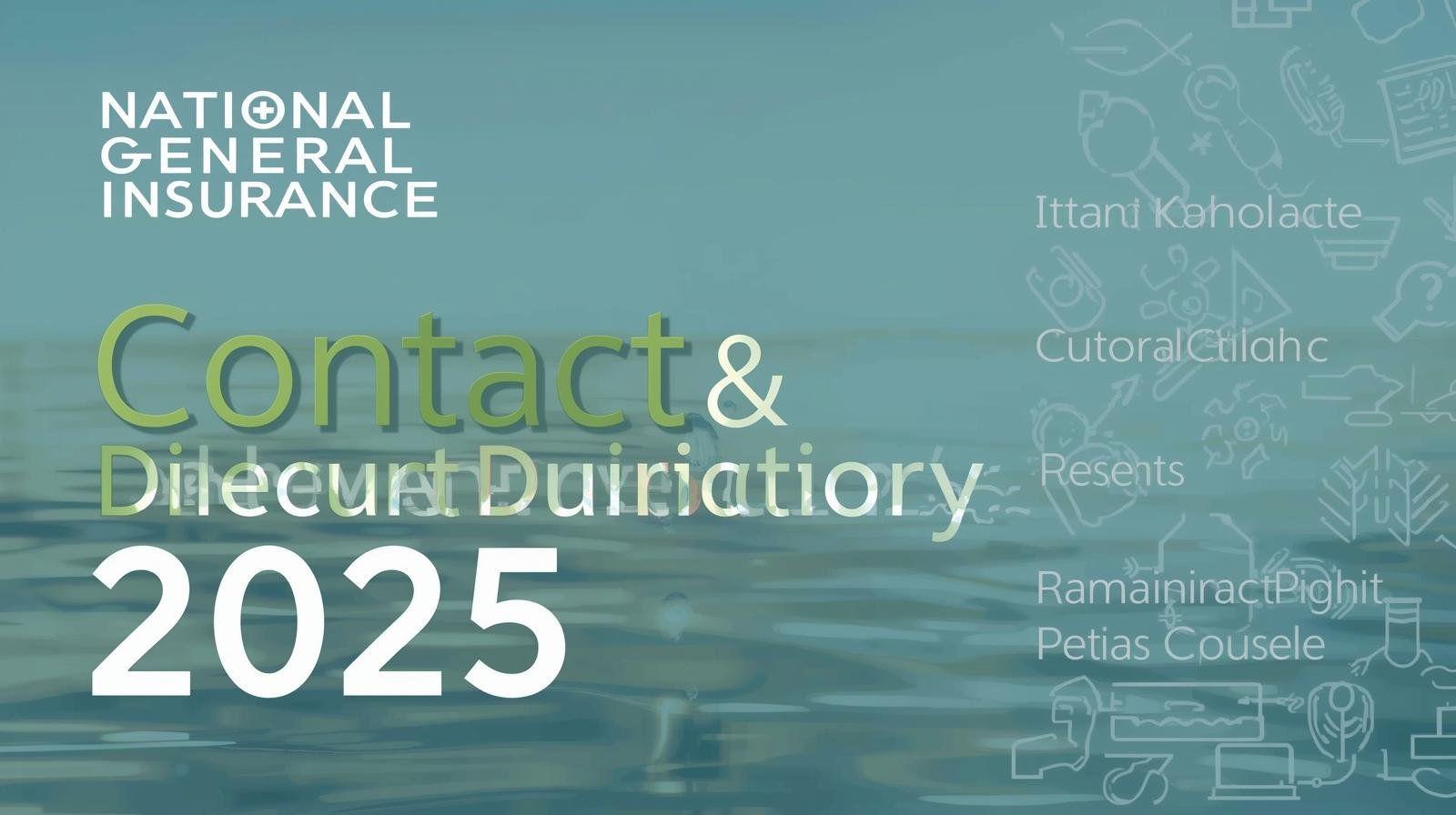
Abstract: This article bridges disability studies and pornography studies by analyzing the term “inspiration porn.” Inspiration porn typically refers to ableist representations of disabled individuals as inspirational objects. While disability studies critiques this objectification, this article expands the discussion by examining the implications of labeling non-sexual content as “porn.” Drawing from Hester’s Beyond Explicit, the article explores shared characteristics between inspiration porn and pornography, such as authenticity, prurience, intensity, and transgression. This analysis questions the cultural and academic consequences of the growing trend of pornographication in non-sexual contexts.
Keywords: pornographication, inspiration porn, disability studies, disability representation, porn studies

Introduction: Pornography is traditionally defined as the graphic depiction of sexually explicit acts created for the viewer’s sexual pleasure (Sullivan & McKee, 2015). In contrast, inspiration porn refers to depictions of disabled people performing everyday activities with the intent to inspire able-bodied viewers. Stella Young popularized the term in 2012, highlighting how such content objectifies disabled individuals to provide perspective or motivation to others.
While the term “porn” in this context does not refer to sexual arousal, its use implies objectification and exploitation. Disability studies scholars argue that these representations devalue disabled individuals. However, this article examines a deeper connection to porn studies by identifying how inspiration porn mirrors key traits of pornography, such as prurience, realism, and emotional intensity.

Theoretical Framework: Building on Hester’s (2014) analysis in Beyond Explicit, the article explores how non-sexual content acquires pornographic descriptors. Hester argues that the concept of pornography has extended to representations that evoke intense bodily or emotional experiences, such as “war porn” and “misery porn.” These forms share characteristics like authenticity, transgression, and prurience with pornography, despite lacking sexual content.
Hester suggests that pornographication is not simply about sex migrating into new genres, but rather about how these genres reflect the same cultural dynamics found in pornography. As such, inspiration porn may also reflect deeper societal anxieties and power structures, revealing how non-sexual content becomes morally and socially charged through its association with pornography.
Inspiration Porn in Existing Literature: Stella Young defined inspiration porn as depictions of disabled people engaged in ordinary activities, accompanied by captions like “Your excuse is invalid.” These representations serve able-bodied audiences by minimizing their own challenges and exceptionalizing disability. Scholars such as Grue (2016) emphasize the physical and symbolic elements of these portrayals, often marked by a narrative of “overcoming.”
Other researchers, like Liddiard (2014) and Schalk (2021), link inspiration porn to the “supercrip” trope, where disabled individuals are deemed inspirational for routine or extraordinary actions. While many studies focus on the negative effects of these representations, few critically interrogate the use of the term “porn.”
Interrogating the Use of “Porn”: Young (2014) intentionally uses the term “porn” to highlight objectification, aligning disabled individuals with women often objectified in sexual porn. Ayers and Reed (2022) argue that both sexual and inspiration porn reinforce power imbalances and reduce individuals to objects of consumption. However, these arguments often rely on reductive interpretations of pornography as inherently negative or harmful.
This article contends that such comparisons overlook the diversity within pornography and risk reinforcing stigma against porn performers and audiences. A broader, imprecise definition of “porn” can lead to overgeneralization and misrepresentation, which may be weaponized to justify censorship or moral panic (Hester, 2014).

Case Studies: Reality Television and Disability Sports: To critically examine the connections between inspiration porn and pornography, this article analyzes reality TV programs featuring disabled individuals and media coverage of disability sporting events. These forms of media exhibit qualities aligned with pornography as described by Hester: they highlight bodily and emotional intensity, focus on realism, and emphasize personal triumphs in ways that evoke strong viewer responses.
These representations often blur the line between admiration and exploitation. While intended to celebrate disabled individuals, they can reinforce ableist narratives by framing disability as a personal challenge to overcome for the benefit of the viewer’s emotional gratification.
Discussion and Implications: The article concludes that the term “inspiration porn” reflects deeper cultural tendencies to conflate different forms of emotional and bodily representation under the rubric of pornography. This linguistic and conceptual slippage has implications for both disability studies and porn studies. It risks simplifying complex representations and reinforcing stigma against both disabled individuals and those involved in pornography.
Moreover, the use of “porn” to describe non-sexual content suggests that sex is being displaced from the definition of pornography, even as pornographic principles are increasingly applied to broader cultural phenomena. This trend warrants caution, especially when such designations are used to delegitimize or censor certain forms of expression.
Conclusion: While inspiration porn and pornography may share characteristics like prurience and authenticity, equating the two without nuance can be reductive and harmful. Scholars should be wary of using the term “porn” in ways that reinforce stigma or overlook the complexities of both disability representation and sexual media. Future research should continue to interrogate the boundaries and implications of pornographication in contemporary culture.









Leave a Reply